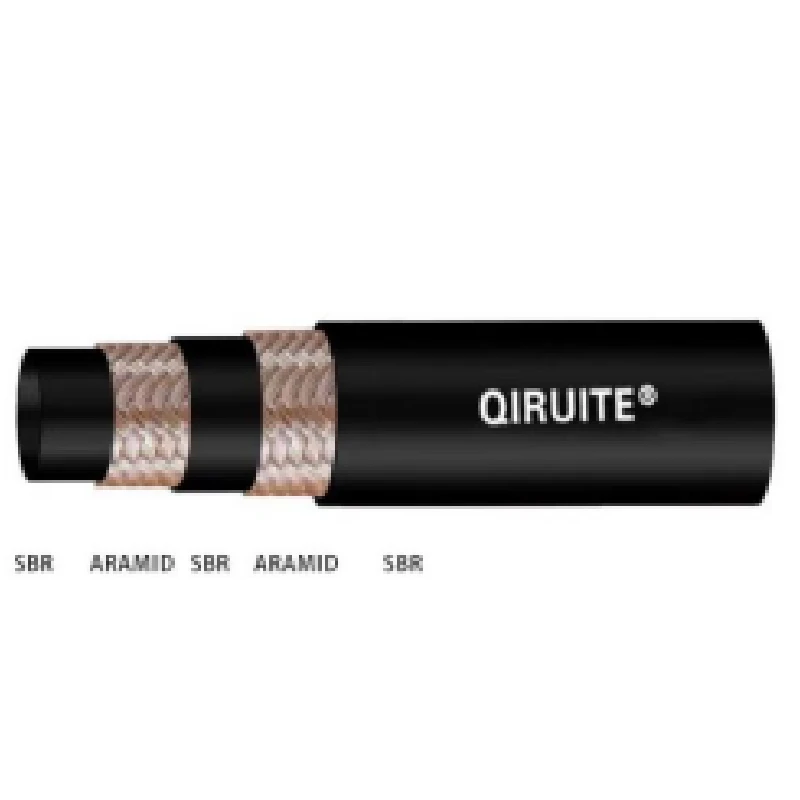how to make power steering hose
How to Make a Power Steering Hose
Power steering systems play a crucial role in making driving smoother and more manageable. Over time, these systems can develop leaks or wear out, requiring the replacement of components like the power steering hose. While purchasing a new hose is often the easiest option, some enthusiasts prefer to make their own. This article will guide you through the process of making a power steering hose, ensuring that you have a reliable and efficient part for your vehicle.
Understanding the Components
Before you begin, it's essential to understand the key components of a power steering system and the requirements for the hose. A power steering hose usually consists of a high-pressure line and a return line. The high-pressure line transports power steering fluid from the pump to the steering gear, while the return line brings the fluid back to the reservoir. When making a custom hose, you need to focus on materials that can withstand high pressure and resist fluid degradation.
Materials Required
1. Hose You will need high-pressure hydraulic hose suitable for power steering applications. Look for hoses specifically rated for power steering to ensure they can handle the necessary pressures.
2. Fittings Select the correct fittings for both ends of the hose. These may include swivel fittings or straight fittings, and you should verify that they match the specifications of your vehicle's power steering system.
3. Hose clamps These are essential for securing the ends of the hose to the fittings, preventing leaks.
4. Cutting tool A sharp knife or hose cutter will help you achieve clean cuts on the hose.
how to make power steering hose

6. Power steering fluid Have the appropriate fluid on hand for testing the hose once it’s installed.
Steps to Make a Power Steering Hose
1. Measure the Required Length Begin by measuring the distance between the power steering pump and the steering gear to determine the correct length of hose needed. Make sure to account for any bends or curves in your routing.
2. Cut the Hose Using your cutting tool, carefully cut the high-pressure hydraulic hose to the measured length. Ensure that the cut is straight to provide a better fit for the fittings.
3. Attach Fittings If you’re using crimp fittings, slide the fitting over the end of the hose and use the crimping tool to secure it tightly. For threaded fittings, you can simply screw them onto the hose and tighten as needed. Be careful not to overtighten, as this can damage the hose or fittings.
4. Secure with Hose Clamps If your setup requires hose clamps, slide them over the ends of the hose before attaching the fittings. Once the fittings are in place, tighten the clamps to ensure no fluid will leak out.
5. Reinstall the Hose Once your custom hose is ready, reinstall it into your vehicle’s power steering system, ensuring that it connects properly to both the pump and the steering gear.
6. Test for Leaks After installation, fill the power steering reservoir with fluid and start the engine. Turn the steering wheel from lock to lock to circulate the fluid. Check for any leaks around the hose connections and fittings.
Conclusion
Making your own power steering hose can be a rewarding experience, allowing for customization and potentially saving costs. However, it’s essential to ensure that all components are compatible and that you follow safety protocols. DIY repairs can be efficient and effective, but when in doubt, it's always wise to consult with a professional mechanic.
-
Ultimate Spiral Protection for Hoses & CablesNewsJun.26,2025
-
The Ultimate Quick-Connect Solutions for Every NeedNewsJun.26,2025
-
SAE J1401 Brake Hose: Reliable Choice for Safe BrakingNewsJun.26,2025
-
Reliable J2064 A/C Hoses for Real-World Cooling NeedsNewsJun.26,2025
-
Heavy-Duty Sewer Jetting Hoses Built to LastNewsJun.26,2025
-
Fix Power Steering Tube Leaks Fast – Durable & Affordable SolutionNewsJun.26,2025

